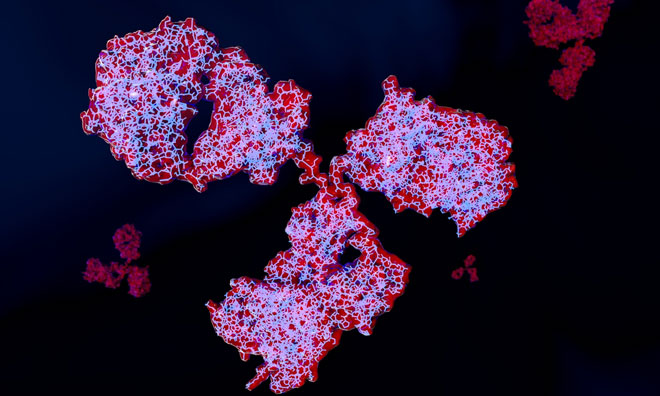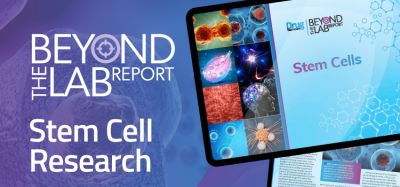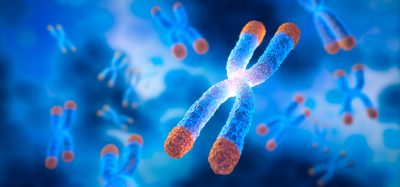Controlling MYC’s hyperactivity with a peptide compound
Posted: 8 January 2024 | Drug Target Review | No comments yet
A novel peptide can suppress MYC by binding directly to it with sub-micro-molar affinity, advancing cancer drug development.


University of California, Riverside (UCR) researchers have discovered a method to dampen MYC’s hyperactivity to control cancer growth, offering promise for new treatments.
MYC helps to guide the process of transcription, in which genetic information is converted from DNA into RNA and, eventually, into proteins. Dr Min Xue, Associate Professor of Chemistry at UCR and senior author of the paper, said: “Normally, MYC’s activity is strictly controlled. In cancer cells, it becomes hyperactive, and is not regulated properly.”
“MYC is less like food for cancer cells and more like a steroid that promotes cancer’s rapid growth,” he continued. “That is why MYC is a culprit in 75 percent of all human cancer cases.”
Discovering a way to control MYC was difficult because, unlike most other proteins, MYC has no structure. “It’s basically a glob of randomness,” Xue stated. “Conventional drug discovery pipelines rely on well-defined structures, and this does not exist for MYC.”
Peptide compound
The new study describes a peptide compound that binds to MYC and suppresses its activity. In 2018, the researchers noticed that altering the rigidity and shape of a peptide improves its ability to interact with structureless protein targets such as MYC.
Xue explained: “Peptides can assume a variety of forms, shapes, and positions…Once you bend and connect them to form rings, they cannot adopt other possible forms, so they then have a low level of randomness. This helps with the binding.”
The novel peptide binds directly to MYC with sub-micro-molar affinity. Xue said: “We improved the binding performance of this peptide over previous versions by two orders of magnitude…This makes it closer to our drug development goals.”
Now, the team is using lipid nanoparticles to deliver the peptide into cells. These small spheres made of fatty molecules are not ideal for use as a drug, so moving forward, the researchers are developing chemistry that improves the lead peptide’s ability to get inside cells.
The peptide binds to MYC once it is in the cell, changing MYC’s physical properties and stopping it from performing transcription activities.
“MYC represents chaos, basically, because it lacks structure. That, and its direct impact on so many types of cancer make it one of the holy grails of cancer drug development,” Xue concluded. “We are very excited that it is now within our grasp.”
This study was published in Journal of the American Chemical Society.
Related topics
Cancer research, Drug Discovery, Drug Targets, Nanoparticles, Peptide Therapeutics, Protein
Related conditions
Cancer, Cancer Research
Related organisations
University of California Riverside (UCR)
Related people
Dr Min Xue (UCR)








